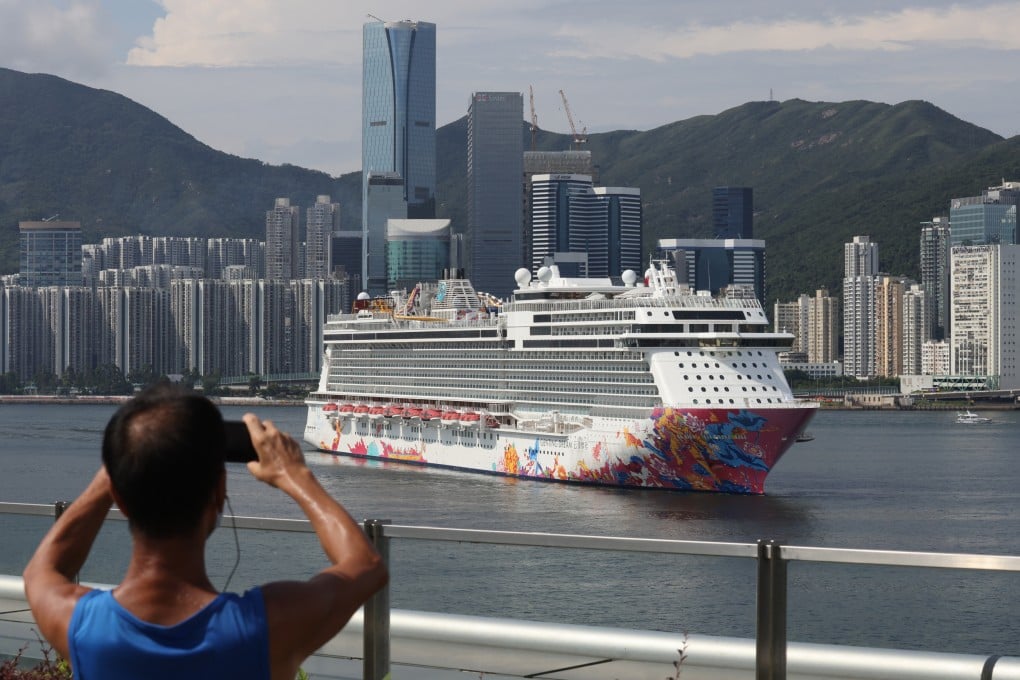Advertisement
The fall of cruise company Genting Hong Kong, once poised to greatly benefit from China’s forecast luxury cruising boom
- The owner of Dream Cruises, Crystal Cruises and Star Cruises took over three shipyards in Germany in 2016 as business boomed
- ‘Cruises to nowhere’ in Hong Kong waters generated much-needed cash until the government halted them on January 7. Genting filed for bankruptcy 12 days later
Reading Time:3 minutes
Why you can trust SCMP
7

January 19 was a black day for Hong Kong’s tourism and leisure sector: Genting Hong Kong, which owns Dream Cruises, Crystal Cruises and Star Cruises, announced it was filing for bankruptcy and appointing liquidators.
The chairman and founder, Malaysian billionaire Lim Kok Thay, stood down two days later as the company, headquartered in Hong Kong and once hailed as a pioneer of Asian cruising, found itself floundering.
The entire global cruise industry has been devastated by Covid-19 but, ultimately, Genting was sunk by draconian pandemic restrictions in its home port of Hong Kong, where it should have been marking the six-month anniversary of its inaugural “cruises to nowhere” on January 30.
Advertisement
The wider economic impact on the city could be destructive, but some in the industry are trying to hold their nerve. “It is still early to comment, as we await news of the restructuring – it seems from their announcement that Dream Cruises will continue to operate, and indeed they are currently sailing in Singapore,” says Jeff Bent, managing director of Worldwide Cruise Terminals, which operates Hong Kong’s Kai Tak Cruise Terminal.

Genting confirms it intends to keep parts of the business operating, including some cruises, but it is still not possible to do so from the company’s home port, with the Hong Kong government having halted all cruises on January 7 due to rising Covid-19 case numbers.
Advertisement
Advertisement
Select Voice
Choose your listening speed
Get through articles 2x faster
1.25x
250 WPM
Slow
Average
Fast
1.25x